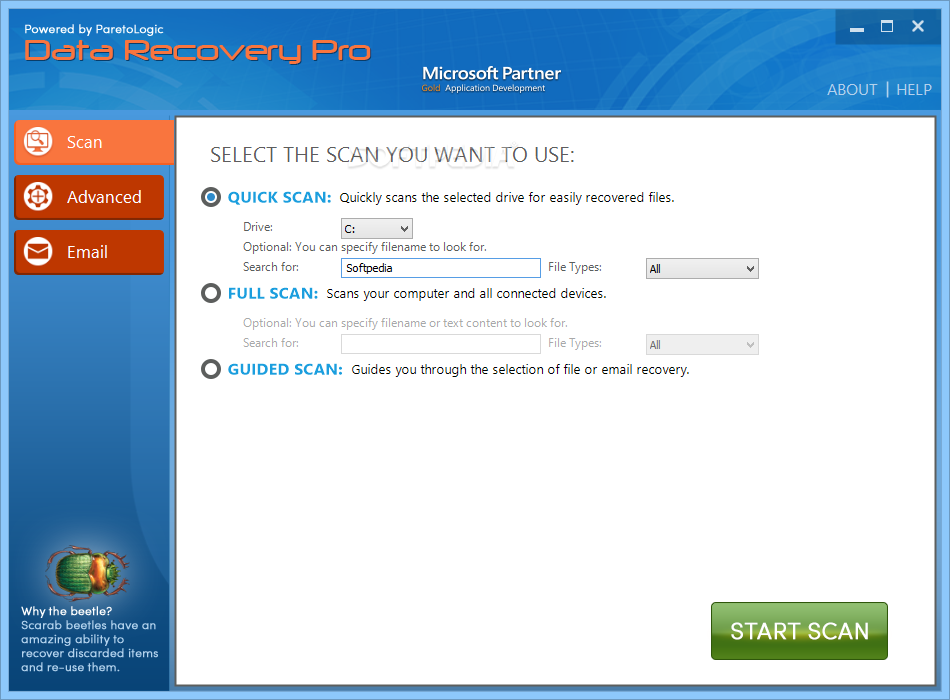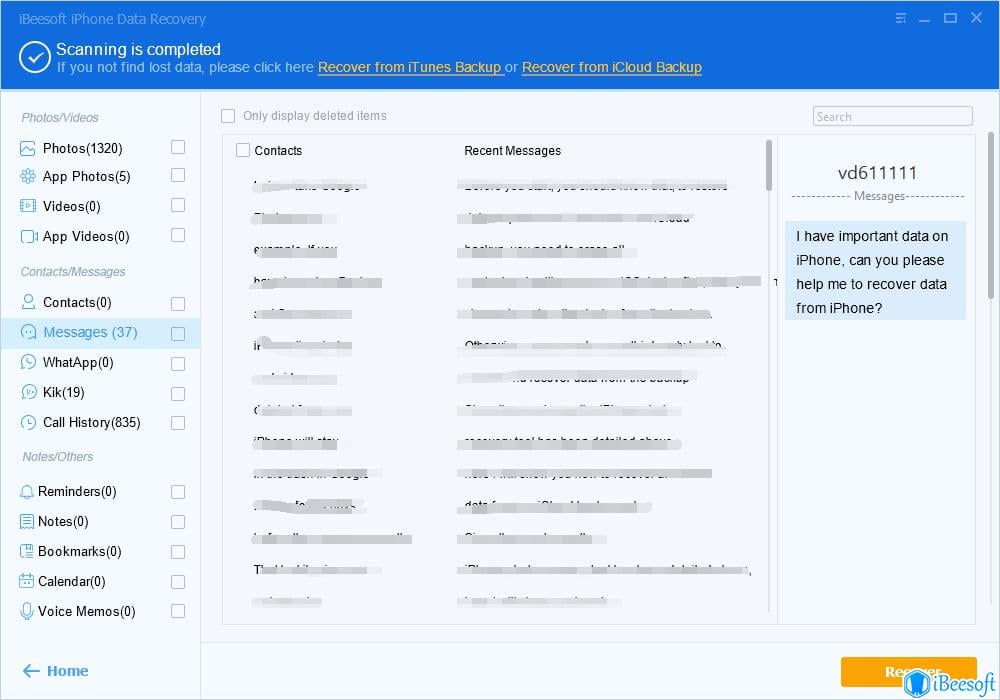

WinXP: \Documents and Settings\(username)\Application Data\Apple Computer\MobileSync\Backup\


MAC: ~/Library/Application Support/MobileSync/Backup/ On completion open the default backup location. Launch iTunes or your preferred 3rd party backup utility.ĥ. Unlock the device and if using iOS 7.0 or above select the Trust option at the on device prompt.ģ. Below are the steps required to recover the sms.db from an unencrypted backup.Ģ.

It becomes slightly more difficult to recover if you do an encrypted backup however it is possible to decrypt the backup using the iphone data protection python scripts available on however this goes beyond the scope of this article. The SMS.db file can easily be recovered by using any iOS supported backup utility including iTunes. It should be noted however that if file level encryption is in use the data may be inaccessible because the keys used to secure that data would have been permanently discarded. So with this index it may be possible to access previously deleted messages or other data content utilizing keywords if the removed data had yet to be purged from the spotlight index. Spotlight is an iOS feature that creates and maintains a device wide index of the device for use in searching. What makes this special is that if any item in the page has not been flagged for removal the entire page stays intact and is recoverable in the sms.db That being said this also creates a case where older deleted messages are forensically recoverable, but more recently deleted messages are not recoverable because they existed in a memory page that contains only messages flagged for deletion.Īnother interesting note to mention is around the use of spotlight search.
#MOBILEDIC IOS DATA RECOVERY FULL#
What this means is that rather than processing records for removal individually it process a full ~=4kb Page of records all at once. There is a purge routine that will run every so often but more interestingly is that this routine is at Page Level rather than at the record level. The OS doesn't immediately overwrite or modify the data in any way. The OS simply adds a flag to the record marking it for removal and hides it from the users on device view. When a user deletes a message on device the record is not actually removed. So… There are a few things you should be aware of that make the sms.db a bit more useful to us than just looking at the messages on device. There is no menu built into the OS that allows automatic removal of messages after a specific period of time or any other defined rule so messages are retained until they are deleted. In iOS 5 this cap is set to 15mb which can hold around 75,000 messages. There is no real retention scheme other than to grow this file until it hits it’s capped size and then purge deleted items. Apple stores these messages along with SMS messages in a SQLite Database called sms.db witch can be recovered with a verity of methods. This Feature allows Apple users to exchange messages with one another similar to that of SMS without utilizing the SMS protocol to send and receive messages. Forensically recovering SMS and iMessages form iOS 5 and Above.Īpple’s iOS operating system 5.0 released in 2011 introduced the new capability called iMessage.


 0 kommentar(er)
0 kommentar(er)
